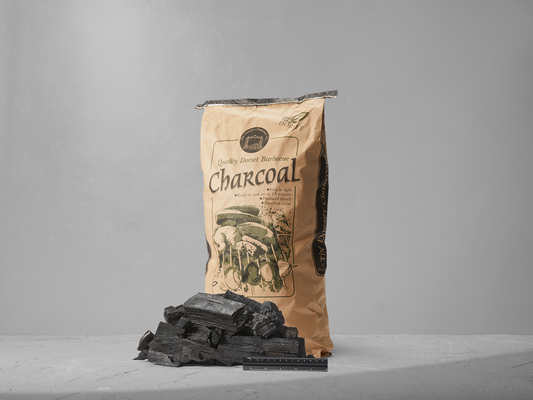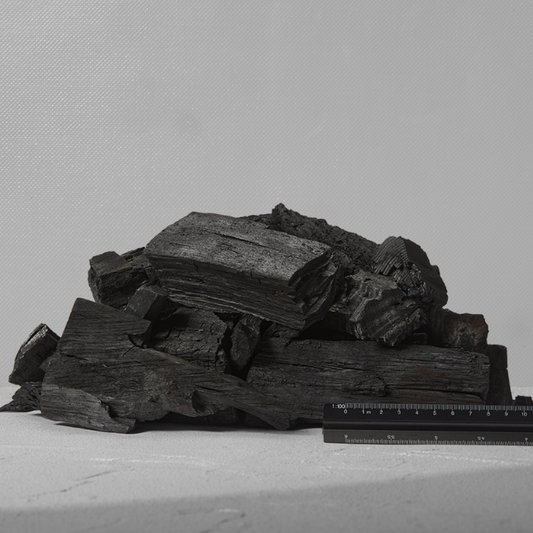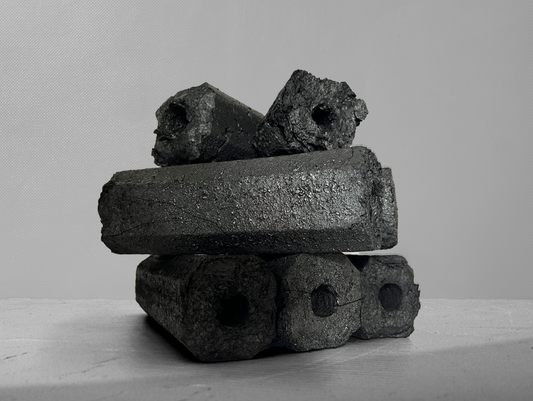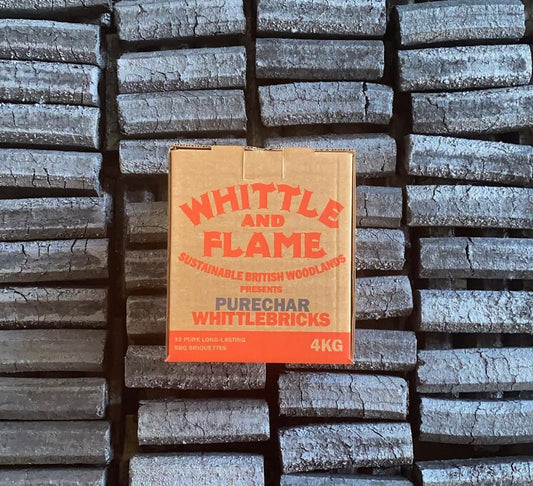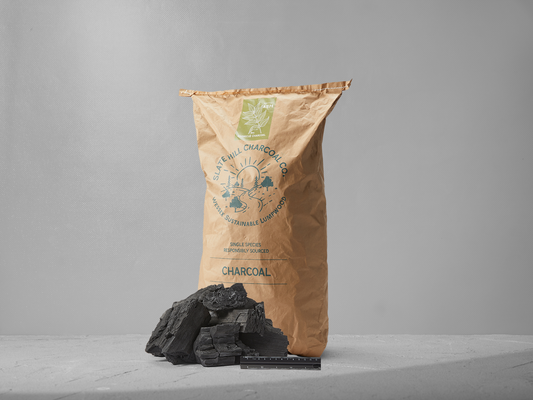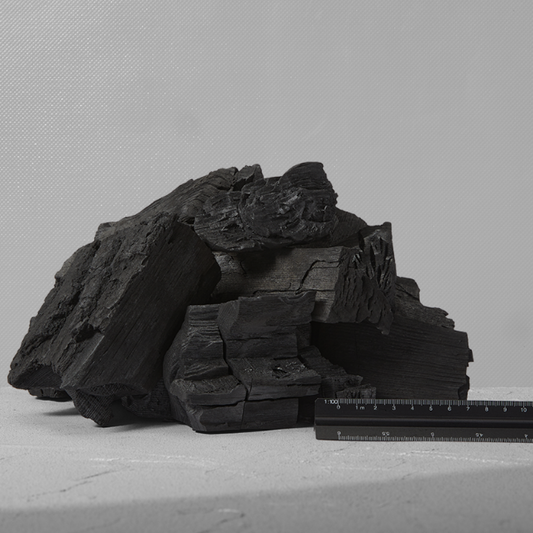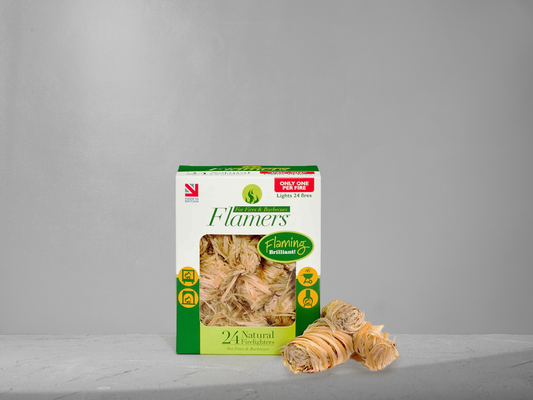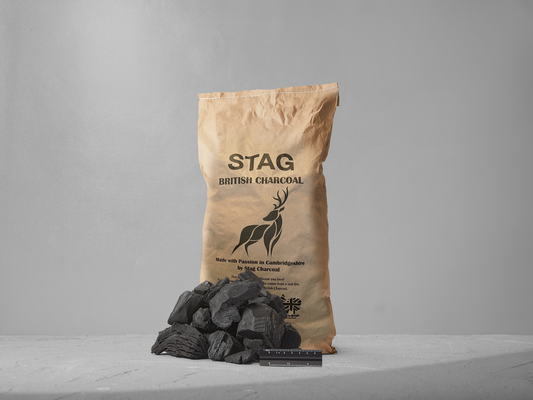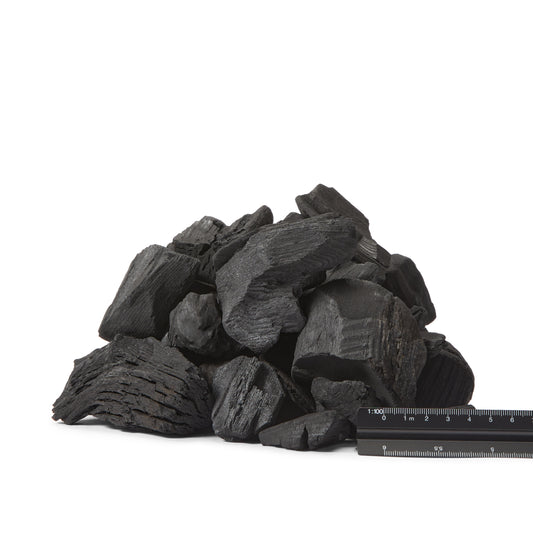
Live Fire Cook, Author and Teacher
Genevieve Taylor
British charcoal, my number 1 ingredient
Cooking with really good charcoal is quite simply a non-negotiable for me. I won’t set light to anything that’s not British, militantly demanding good fuel at any demo I give or pop up I cook for, and nobody comes through the doors of the Bristol Fire School without learning about the importance of good fuel. And that does not mean ‘Restaurant Grade’ charcoal by the way. It means pure lumpwood sourced from well thought out woodland managements systems, produced in the best way possible.
The value of sustainable British charcoal is about far more than the ecological benefits, although these are wide and well documented. As a biologist I think a lot about how the natural world functions, but from a purely practical perspective, it just cooks better. Full stop.
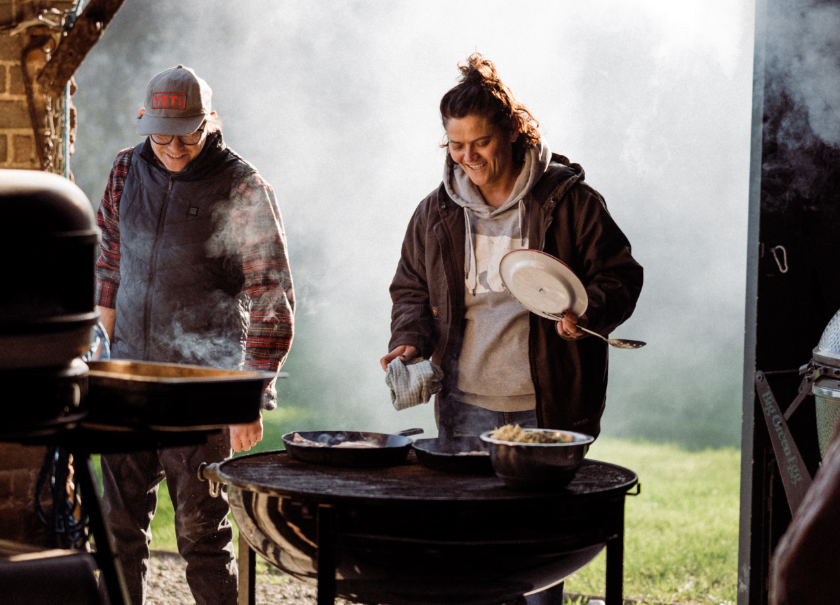
To become a good fire cook you to need view charcoal as an ingredient, I would say it’s the number one ingredient, and way more important than any food your are trying to cook. Yes even you, with your big-arse man-sized Tomahawk steak! Why spend hard earned cash on an expensive bit of meat to then cook it over fuel that was possibly illegally harvested, definitely unethically produced and no doubt full of nasty chemicals we really shouldn’t be setting fire to? Makes zero sense in a logical world.
Ever heard that myth, the one where you need to wait for your charcoal be to ‘white and ashed over’ before you cook on it? Of course you have. It’s so ingrained in what we think about barbecue, I once had a national magazine editor (who shall remain nameless) rewrite my copy to read it thus. So convinced were they of this fact the article was sent to print without checking back with me. Needless to say I hit the roof.
Good charcoal is a very pure carbon product, an inert element with no smell, no taste, no flavour, no smoke. The ‘white ashy’ myth originates from the fact that so much charcoal we burn is not pure and full of other chemicals. So you need to light the charcoal for long enough to burn off any nasties before it becomes palatable and/or safe to cook on. No one likes a sausage that tastes of petrochemicals, right? With good charcoal you quite simply don’t need to do that. You light it (in as little as around 5 minutes if you have a chimney starter), and you start cooking.
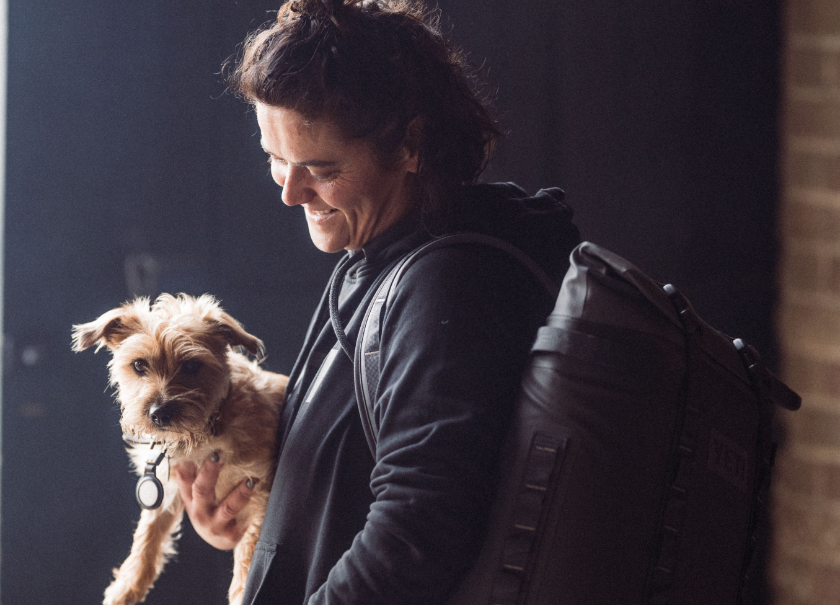
The purity of the product gives us a huge amount of control, and learning how to control the heat is one of the key lessons in becoming better at barbecue. Can I share a little tip? You need way less charcoal than you think you do. Which is an excellent lesson, because good fuel costs more - it should cost more, it takes huge amount of time, effort and resources to get it in the bag - so by using less each time you cook you can save yourself money.
Pure lumpwood charcoal is very responsive to oxygen, and controlling airflow is how we get to control the temperature and speed the fuel burns at. If you let charcoal burn with maximum oxygen flow you would achieve temperatures of something in the region of 500°C. Trust me, there’s not a lot in this world you want to be cooking that hot, that’s cremation territory for sure. So we reduce the intensity of the burn by limiting the oxygen, which in turn slows the fire down and your fuel stays alight for longer. Meaning you use less and save yourself money.
A common mistake with barbecuing is feeling like you need to be grilling over a high direct heat all the time, whereas in reality, most things are better cooked indirect over a gentler heat, utilising the power of convection (or hot air) currents. Imagine that a handful of charcoal fully burning has a certain potential for heat energy. Therefore two handfuls has twice that heat capacity, and three handfuls, three times, etc, etc. So if you want to, and should be, cooking with a slightly more gentle approach, the best option is to start with less fuel and add more only if you need to to get the job done.
Which leads nicely to my final thought, because we no longer need to wait for charcoal to be white and ashy, we can just open up the barbecue, quickly lift the grill bars and drop in a lump or two before we carry on cooking. It will light quickly, keeping the temperature even and we can cook in the most efficient and controlled way. I have to say every time I have shown this ‘lump by lump’ technique on social media I get at least a handful of comments to tell me I’m doing it wrong. And my answer? “You are using the wrong fuel my friend… let me tell you about pure sustainable British charcoal…”
Choose your fuel wisely, you will be rewarded.
Our British Charcoal. Your essential ingredient.
Bring out true flavours, wow your guests, reduce the carbon footprint.
